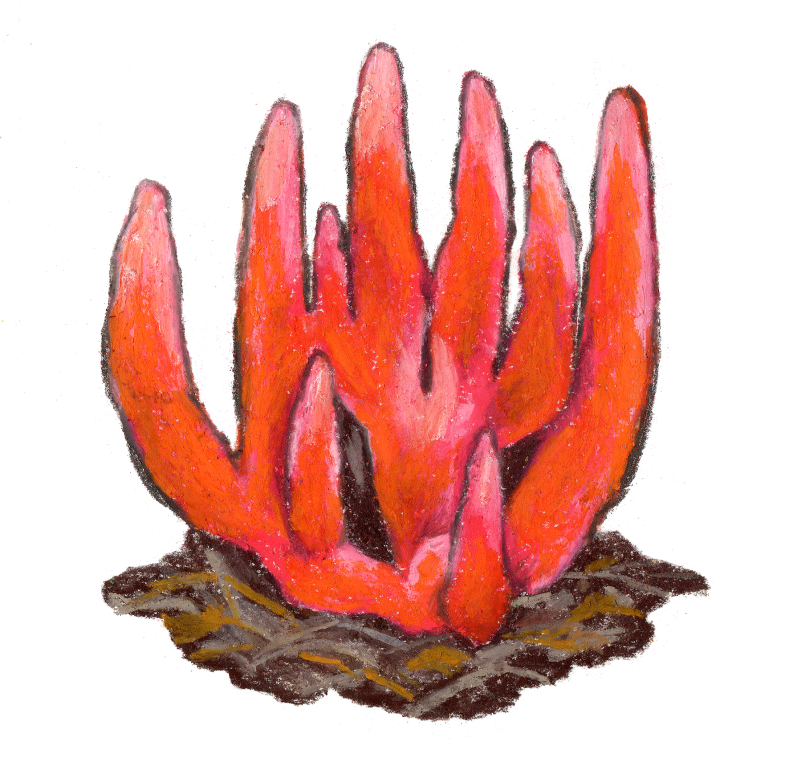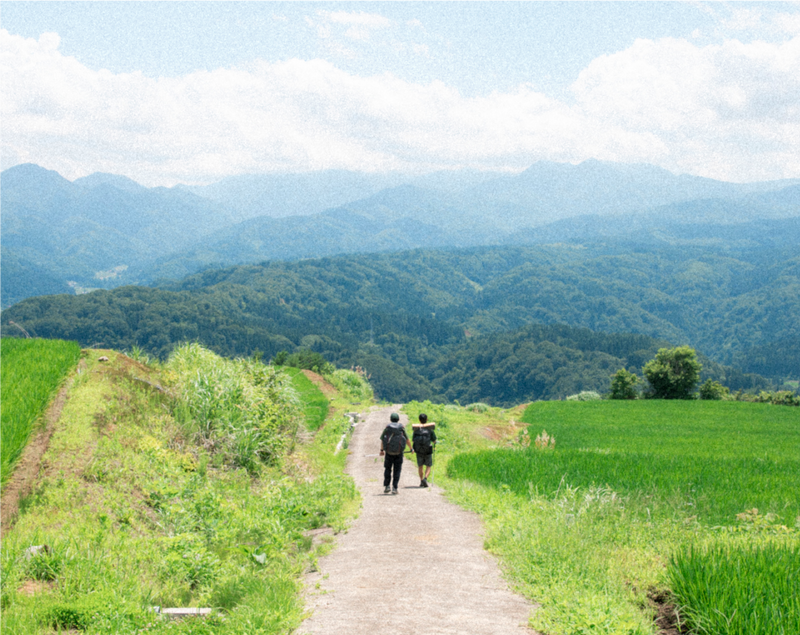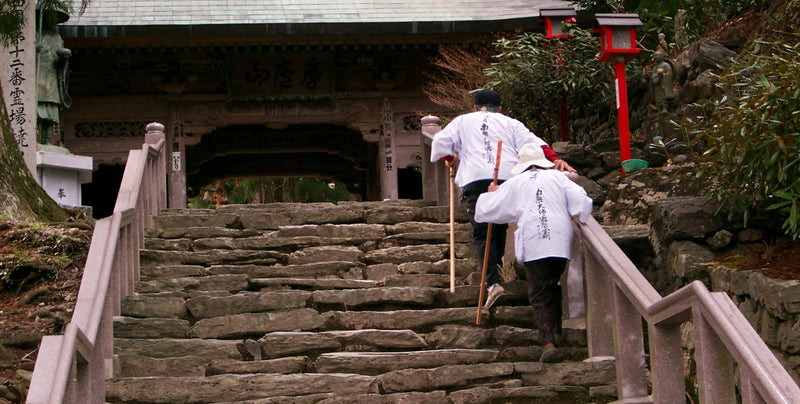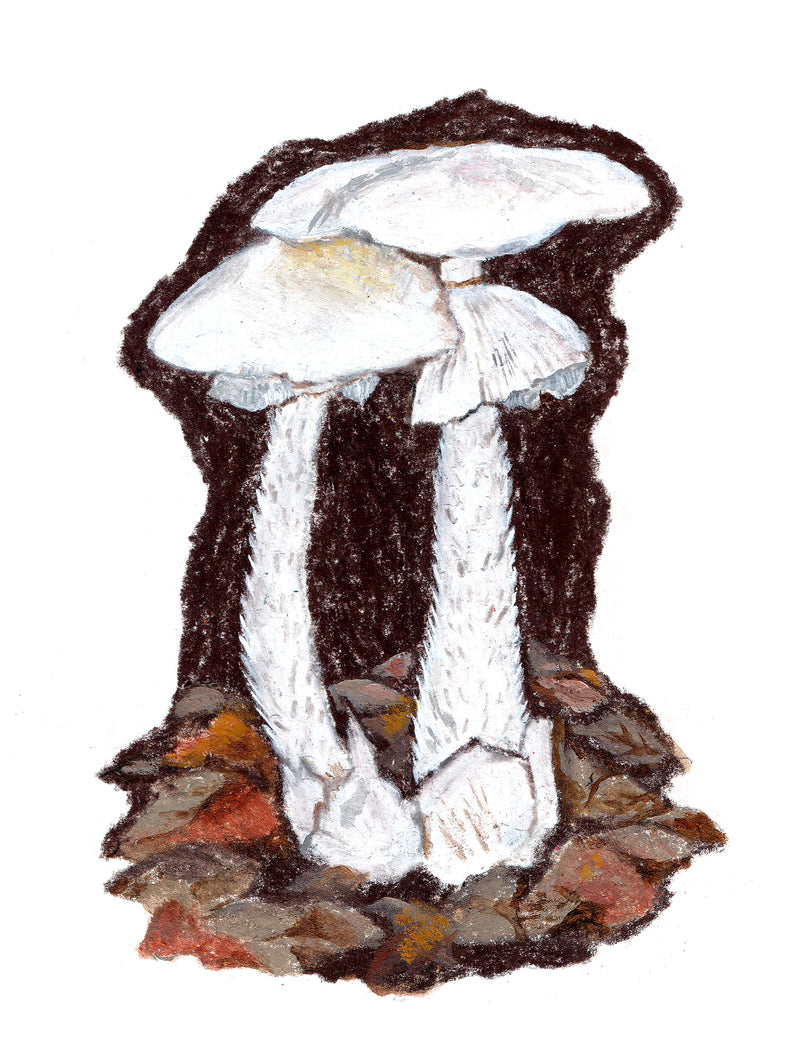Although the theme was poisonous mushrooms that hikers should be careful of, I think people who actually pick and eat mushrooms they don't know are pretty crazy...
"I've heard stories of people who are interested in the outdoors accidentally eating poisonous mushrooms at barbecue spots and such."
So says Professor Toshimitsu Fukiharu, a mushroom expert at the Chiba Prefectural Museum and Center. But to think that there are actually people who eat mushrooms growing nearby without any knowledge of them... Is it an "I'm an outdoor expert" mentality? It's true that there is an aspect to climbers who are knowledgeable about mushrooms, whether they're edible or poisonous, that makes them look cool.
"For example, there is a story about someone eating a poisonous mushroom called the Parasol mushroom at a campsite, and it is a really nasty-tasting mushroom. I was surprised that they managed to eat it."
There may be some accidents caused by eating in a showy way. The point is, don't get carried away just because you're in an extraordinary place. Furthermore, mushrooms vary greatly from one to another, so it's dangerous to make amateur judgments. There are many mushrooms that look like shimeji mushrooms but are actually poisonous.
"There are actually a surprising number of poisonous mushrooms. About 10% of the total are poisonous. There are around 2,500 named species of mushrooms known to exist in Japan, of which around 200 to 300 are poisonous. Highly poisonous mushrooms that will kill you account for around 1% of the total. That's about 1 in 100 mushrooms. It also varies greatly depending on the region and the vegetation of the forest. To begin with, only around 30% of mushrooms native to Japan have names. Even among the large ones found around there, around 70% are likely to be nameless. That's why the poisonous mushrooms I've listed this time are restricted to beech forests, based on references such as the Shinetsu Trail."













